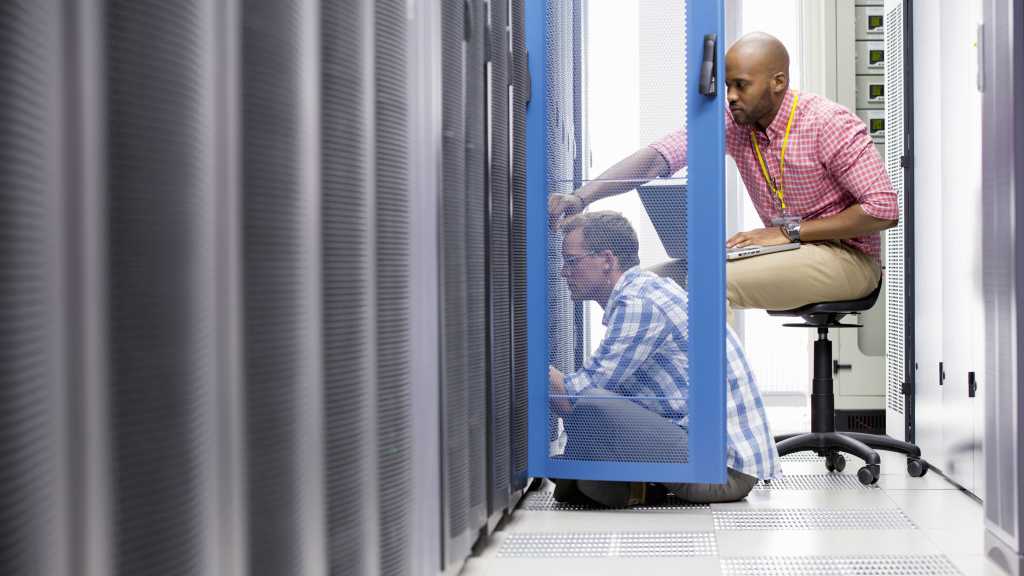
Willie Phillips, Federal Energy Regulatory Commission commissioner and former chair, has resigned from the five-member agency, giving President Donald Trump a vacant seat to fill.
The move leaves FERC with two Democrats and two Republicans.
Phillips, a Democrat, was sworn in as a FERC commissioner on Dec. 3, 2021. He served as chair from Jan. 3, 2023, until January 20. His term was set to end on June 30, 2026.
FERC Chairman Mark Christie said in a statement on Tuesday that Phillips was a “dedicated and selfless” public servant. “He and I worked together on many contentious issues to find common ground and get things done to serve the public interest,” Christie said.
During Phillips’ tenure as agency head, his stated top priorities were grid reliability, transmission expansion and environmental justice and equity.
Under Phillips’ leadership, FERC issued key rulemakings on grid interconnection reform and transmission planning and cost allocation. The agency also expanded its Office of Public Participation to make it easier for the public to take part in FERC proceedings and bolstered its environmental justice efforts.
“There’s a general view that he did a good job as chairman,” William Scherman, a partner at Vinson & Elkins, said Tuesday, noting Phillips had bipartisan support. “Willie was somebody who brought a renewed focus on collegiality and accommodation of different points of view.”
Although having four sitting commissioners opens the possibility for deadlocked, 2-2 votes, Scherman, who previously worked at FERC as general counsel and chief of staff, said he doubts that will be a problem for the agency.
The remaining members, Christie and Lindsay See, both Republicans, and David Rosner and Judy Chang, Democrats, appear to work well together, he said. “They’re all smart and hard-working and competent people who are trying to do the right thing, even when they don’t necessarily agree with each other,” he said.
Phillips succeeded Richard Glick as FERC chairman. Former President Joe Biden nominated Glick for a second term, but former Sen. Joe Manchin, I, declined to consider the nomination after Glick moved to revise the agency’s framework for reviewing natural gas projects.
“Phillips did a really good job of getting back to ‘bread and butter’ — cost, reliability issues,” said Devin Hartman, director of Energy and Environmental Policy at the R Street Institute, a free-market think tank. “There are hyper-partisan concerns right now, and the more we can reduce the partisan stigma for sitting commissioners, the better.”
Phillips’ resignation wasn’t a surprise, Hartman said, noting he had recused himself from recent decisions, a sign he was looking for a job.
Also, the White House has been looking for a new FERC commissioner, according to Hartman.
“The White House is considering a Republican replacement for Commissioner Phillips,” he said. “The likely candidates stem from a pool of conservative lawyers with FERC experience.”
It is unclear exactly how long it may take for the nomination process to unfold, according to Hartman. Also, Christie’s future is uncertain. His term ends in June. If he isn’t renominated, he can continue working at the agency through this Congressional session, which typically ends in early January.
FERC is critical to the Trump administration’s energy agenda, and it is significant that the agency, despite its previous Democratic majority, wasn’t the target of White House-ordered firings, according to Hartman.
“I think it does indicate some greater degree of interest in respecting the institution and appreciating its role, more than they have some other government agencies,” he said.
Advanced Energy United praised Phillips’ work on transmission planning, generator interconnection and electric reliability.
“He has worked tirelessly to build consensus on difficult issues, and his legacy at FERC to keep America’s lights on and power our economy will continue for many years,” AEU Managing Director Caitlin Marquis said in a statement. “As the Administration considers candidates to fill the Commissioner seat, we urge them to consider someone who will prioritize robust competition, work to modernize regulations to reflect new technologies and innovations, and promote regulatory certainty.”
Phillips, will be remembered for his “tireless efforts” to improve FERC’s transmission policies, Americans for a Clean Energy Grid Executive Director Christina Hayes said in a statement.
“He leaves FERC better positioned to support a more reliable and cost affordable energy grid — all with bipartisan consensus,” she said.




















